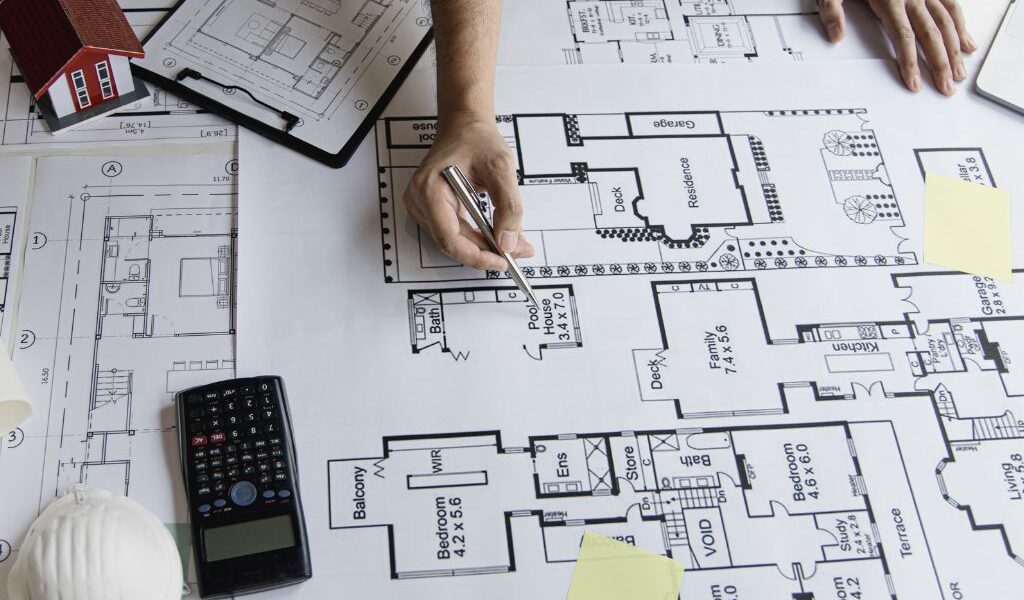-
Table of Contents
- Innovative Architecture: Transforming Urban Landscapes
- Green Architecture: Building for Sustainability
- Smart Cities: Integrating Technology
- Adaptive Reuse: Breathing New Life into Old Structures
- Mixed-Use Developments: Creating Multifunctional Spaces
- Parametric Design: Pushing the Boundaries of Creativity
- Biophilic Design: Connecting with Nature
- Conclusion
Innovative Architect: Transforming Urban Landscapes
Urban areas are evolving rapidly, driven by the need for sustainable living, technological advancements, and the desire for aesthetically pleasing environments. Innovative architecture plays a pivotal role in this transformation, reshaping cities and enhancing the quality of life for their inhabitants. This article explores the various ways in which modern architectural practices are revolutionizing urban spaces.
Green Architecture: Building for Sustainability
Green architecture focuses on creating environmentally friendly buildings that minimize energy consumption and reduce carbon footprints. This approach integrates renewable energy sources, sustainable materials, and efficient waste management systems.
- Solar panels and wind turbines for renewable energy
- Green roofs and walls to improve air quality
- Rainwater harvesting systems
- Use of recycled and locally sourced materials
One notable example is the Bosco Verticale in Milan, Italy. These residential towers are covered with over 900 trees and 20,000 plants, providing a natural habitat for wildlife and significantly improving air quality.
Smart Cities: Integrating Technology
Smart cities leverage technology to enhance urban living. This includes the use of sensors, data analytics, and IoT (Internet of Things) to create more efficient and responsive urban environments.
- Smart traffic management systems to reduce congestion
- Energy-efficient street lighting
- Automated waste collection
- Real-time air quality monitoring
Songdo International Business District in South Korea is a prime example of a smart city. It features a central control system that monitors and manages everything from traffic flow to energy usage, making it one of the most technologically advanced urban areas in the world.
Adaptive Reuse: Breathing New Life into Old Structures
Adaptive reuse involves repurposing old buildings for new uses, preserving historical architecture while meeting modern needs. This approach not only conserves resources but also maintains the cultural heritage of urban areas.
- Converting warehouses into residential lofts
- Transforming factories into office spaces
- Repurposing churches into community centers
- Renovating old theaters into modern performance venues
The Tate Modern in London, originally a power station, is now one of the world’s leading contemporary art galleries. This transformation has revitalized the surrounding area, attracting tourists and boosting the local economy.
Mixed-Use Developments: Creating Multifunctional Spaces
Mixed-use developments combine residential, commercial, and recreational spaces within a single area. This approach promotes walkability, reduces the need for long commutes, and fosters a sense of community.
- Residential apartments above retail stores
- Office spaces integrated with entertainment venues
- Parks and green spaces within commercial districts
- Public transportation hubs connected to shopping centers
Hudson Yards in New York City exemplifies this concept. It features a blend of residential units, office buildings, retail spaces, and public parks, creating a vibrant and dynamic urban environment.
Parametric Design: Pushing the Boundaries of Creativity
Parametric design uses algorithms and computational techniques to create complex and innovative architectural forms. This method allows architects to explore new possibilities and achieve designs that were previously unimaginable.
- Curved and fluid building shapes
- Intricate facades with unique patterns
- Optimized structural systems
- Customizable and adaptable spaces
The Heydar Aliyev Center in Baku, Azerbaijan, designed by Zaha Hadid, is a striking example of parametric design. Its flowing, wave-like structure challenges traditional architectural norms and has become an iconic landmark.
Biophilic Design: Connecting with Nature
Biophilic design emphasizes the connection between humans and nature, incorporating natural elements into the built environment. This approach aims to improve well-being and productivity by creating spaces that mimic natural settings.
- Indoor gardens and green walls
- Natural light and ventilation
- Water features and natural materials
- Views of nature and outdoor access
Amazon’s Spheres in Seattle, Washington, are a prime example. These glass domes house thousands of plants from around the world, providing employees with a unique and inspiring workspace.
Conclusion
Innovative architecture is transforming urban areas in remarkable ways. From sustainable green buildings to technologically advanced smart cities, adaptive reuse of historical structures, mixed-use developments, parametric design, and biophilic spaces, these approaches are reshaping the way we live, work, and interact with our surroundings. As cities continue to grow and evolve, the role of innovative architecture will be increasingly significant in creating sustainable, efficient, and aesthetically pleasing urban environments.
